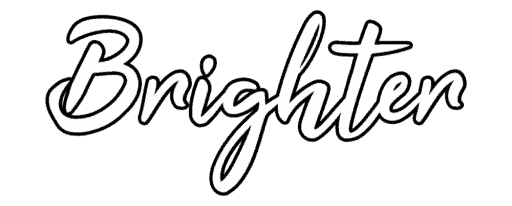Founded in 2018, BrghterCraft is an art, crafts, and design website that aims to help artists develop their skills – regardless of their skill level.
We offer how-to guides, tips and tricks, and inspiration for artists of all types.
We look at tattooing, painting, drawing, and much more.
From step-by-step beginners guides to detailed technical analysis, we hope there is something that will help everyone.
Our goal is to provide a one-stop shop for all your artistic questions and needs.
Whether you’re looking to improve your skills, find new ideas, or just be inspired, we try to give you helpful, accurate advice at all times.
You can comment and ask any questions below each article, and I will answer as soon as possible.
We believe that everyone has the potential to be creative, and we’re here to help you unleash your inner artist!
